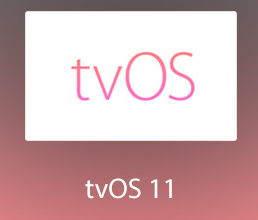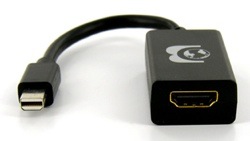Philips kicked off the smart bulb market nearly three years ago with its pricey Hue bulb, but at this year’s CES a horde of new entrants emerged. The transition from incandescent to more energy efficient bulbs is an opening through which smart bulbs – LED bulbs with wireless radios built in, which can be controlled remotely – are gaining a foothold according to Strategy Analytics (www.strategyanalytics.com).
The smart bulb market is a fragmented “Wild West” with a variety of technologies and control protocols being implemented, says the research group. Multi-function smart bulbs – those with Wi-Fi repeaters, speakers and cameras — will change consumers’ perceptions of “light bulbs,” says Strategy Analytics.
Interoperability is key – consumers don’t want to have to worry if a bulb they purchase will work with other bulbs they have or will purchase. The industry must address this issue directly and immediately, says Strategy Analytics. Lower prices ($15/bulb) will help develop the mass market; nevertheless these bulbs are competing with incandescent bulbs priced less than $1.
As bulb manufacturers compete for market share, it’s important that they have the right technology partners in order to broaden their appeal, notes the research group GE, LIFX and Philips are examples of vendors that are growing their ecosystems to increase their market clout.
“Smart bulbs have the potential of becoming a ‘Trojan Horse’ for introducing smart devices into homes due to their ease of installation and networking capabilities; in addition, multi-function bulbs with cameras, speakers or Wi-Fi repeaters will alter the way consumers think about what can go into light sockets,” says Bill Ablondi, director, Smart Home Strategies, Strategy Analytics.



